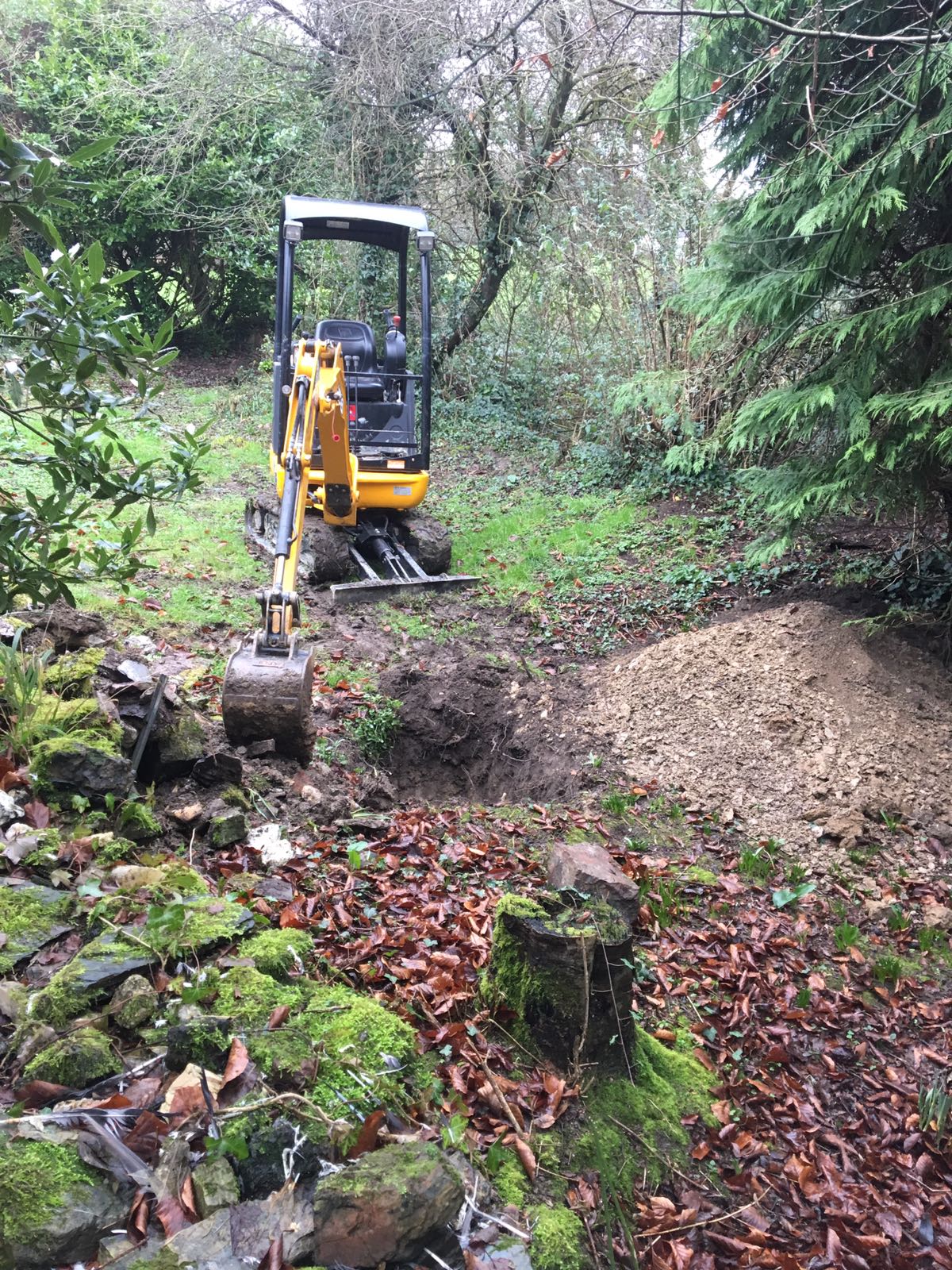Cesspit Installation
If you want to learn more about Cesspools/Cesspits then give our drainage team a ring on 0870 863 0123
In cases where connecting to the public sewer is not possible, a property/building will need to have an off-mains drainage system. Generally, these comprise of a tank to treat the waste which flows from the property (normal septic tank or treatment plant) and a method of discharging the water back into the ground (normally a soakaway, however treatment plants can release treated water into a nearby watercourse).
In some rare occasions, a property/building might not be capable of having the ‘traditional’ septic tank/treatment plant/soakaway off mains drainage system. This could be for several reasons such as there is no nearby watercourse and the ground is not capable of discharging the treated waste by means of a soakaway. In situations where the use of septic tanks/treatment plants/soakaway are not possible the most obvious solution is having the installation of a cesspit.
-
A cesspool is often called a cesspit.
-
They are sealed tanks buried in the ground.
-
They are used as a storage tank for all waste leaving the property.
-
A cesspool will need to be emptied routinely to stop it overflowing.

As explained above a cesspool is a large storage tank which is buried underground. The waste will flow from the property into the cesspit, and this waste will remain in the cesspit until it is emptied. Once the tank is full a suction tanker will need to attend to suck the waste out of the tank. The installation of a cesspit is often deemed as the last resort option as they require regular emptying.
